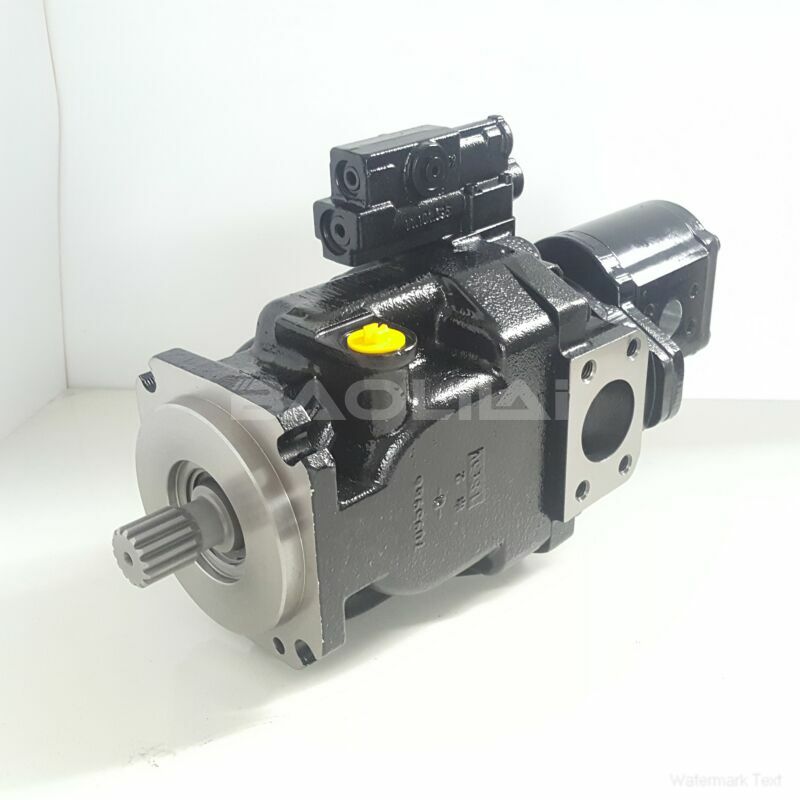FRR090CLS2120NNN3K4N4A1NAAANNNNNN piston pumps
FRR090CLS2120NNN3K4N4A1NAAANNNNNN piston pumps

- Product Details
- Applicable Scene
FRR090CLS2120NNN3K4N4A1NAAANNNNNN piston pumps are a type of positive displacement pump widely used in various industries to transport fluids. Understanding how these pumps operate is essential for efficient and effective fluid management. In this article, we’ll explore the fundamental principles behind piston pump operation, their components, and their applications.
Model Code :FR-R-090C-LS-21-20-NN-N-3-K4N4-A1N-AAA-NNN-NNN
Model Code :FRR090CLS2120NNN3K4N4A1NAAANNNNNN
At the core of a piston pump’s operation is the piston itself, which moves back and forth within a cylindrical chamber. This reciprocating motion is what enables the pump to displace fluid. As the piston moves out of the chamber, it creates a vacuum that allows fluid to be drawn in from the inlet. When the piston moves back in, it compresses the fluid and forces it out through the outlet. This cycle repeats continuously as long as the pump is in operation.

Model No.ldent No. :83010678
FRR090CLS2120NNN3K4N4A1NAAANNNNNN piston pumps can be classified into two primary types: single-acting and double-acting. In a single-acting piston pump, fluid is drawn in and discharged from one side of the piston. Conversely, in a double-acting piston pump, fluid is drawn into and discharged from both sides of the piston, effectively doubling the flow output during each cycle. This characteristic makes double-acting pumps more efficient for certain applications.
Key components of a piston pump include the piston, cylinder, inlet and outlet valves, and drive mechanism. The valves are crucial for ensuring that fluid flows in the correct direction and does not backtrack during the pumping cycle. The drive mechanism can be manual or powered by an electric motor, depending on the application and required flow rates.





